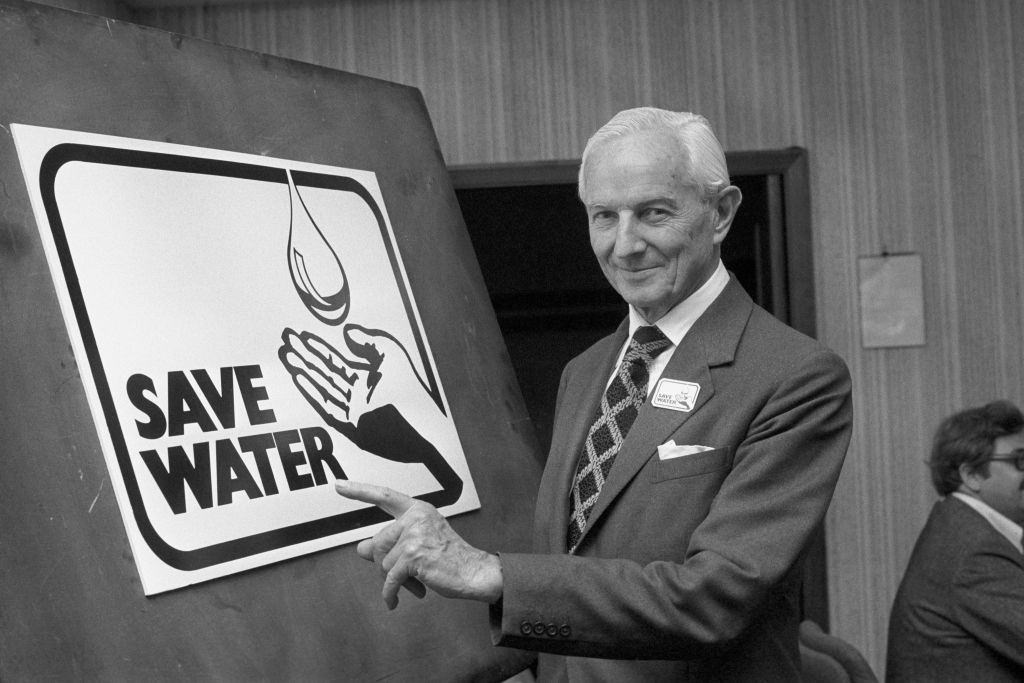June 28, was the hottest day of the year 1976 in United Kingdom. The temperature in Southampton was recorded as 35.4 degree Celsius. Heathrow recorded a temperature of over 30C for 16 consecutive days from June 23 to July 8.
The humid weather caused a drought across the UK – some places going 45 days without rain, which resulted in numerous bush fires. The heatwave also caused a swarms of an estimated 23.65 billion seven-spotted ladybirds across southern and eastern England.
People from London enjoyed and rushed to the beaches, pools. Here below are some photos that showed how Londoners reacted to the one of the hottest years.











































The British diet must have changed in the 80s and 90s, because you rarely see obese people in these photos, unlike these days!
Increasing incomes and a flood of fast-food restaurants.
Sweet food. We replaced fat with sugar. There was a significant campaign against fat in food. It turns out low-fat food tastes like cardboard. Therefore, sugar was added. Twenty years later, we realized that sugar is more addictive than most fats.
According to wikipedia, the 1976 heatwave is understood to have been the cause of 20% ‘excess deaths’ compared to 59% excess deaths for the 2003 heatwave.
Imagine that the elderly of that time could have been born in the Victorian era, and now they are in a world where girls are sunbathing in bikinis in parks. Even the men’s swimsuits look skimpy. There are fewer apparent signs of obesity as well.
We spent a week housesitting in Camden and then went down to Brighton. The weather was scorching. The main memory is an incredibly dangerous adventure playground in Camden.
There’s a noticeable lack of diversity. Has the demographic changed that drastically over the last 30 years?
There were 384,000 non-white individuals in the UK in 1961 out of 52 million people. In 1971, there were 927,935 non-white individuals out of a population of 55 million or around 1.5%. International immigration to the UK peaked between 1975 and 1980. The UK has 8,108,626 non-white individuals as of 2011, out of 63 million people, or 12%